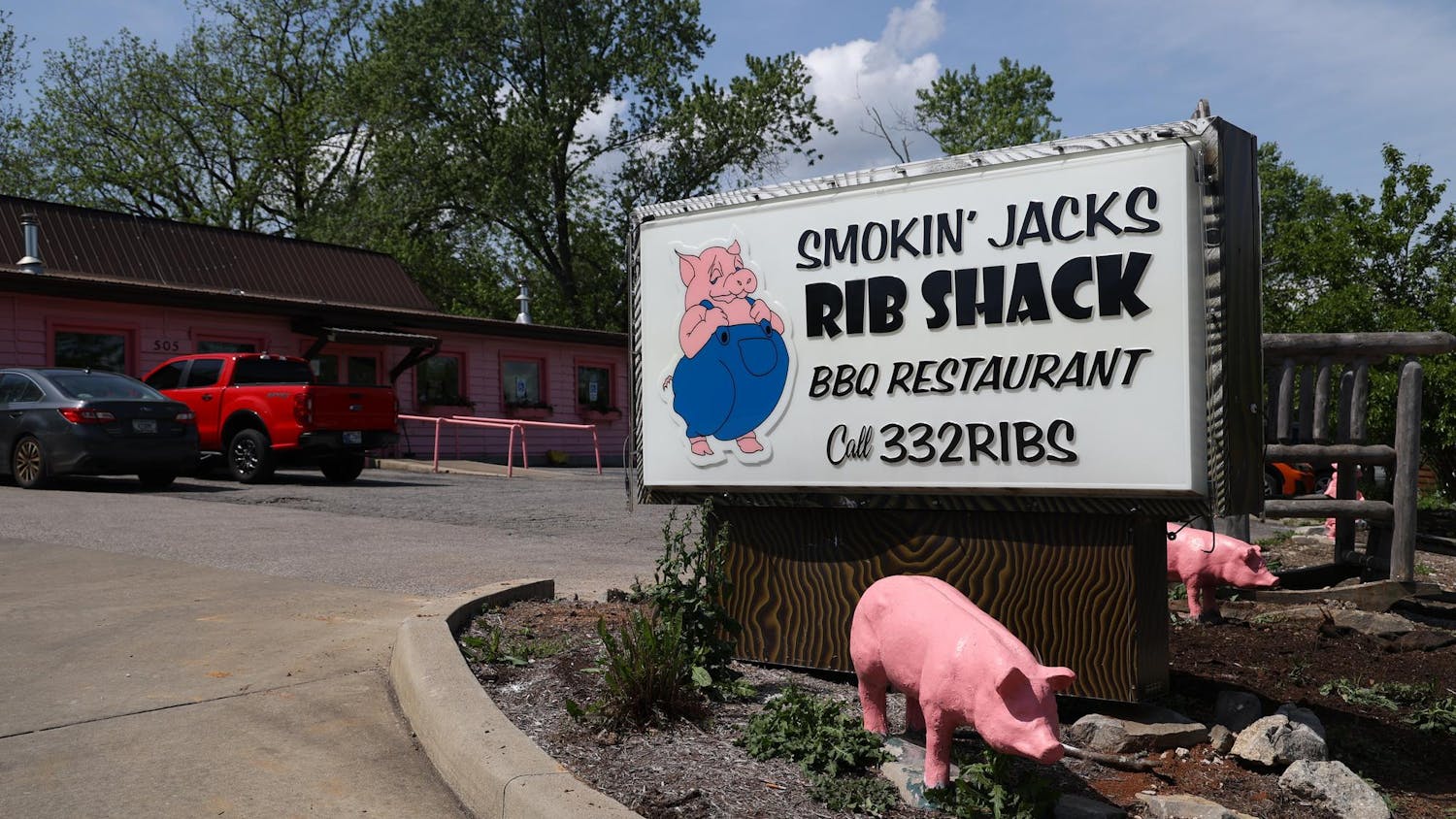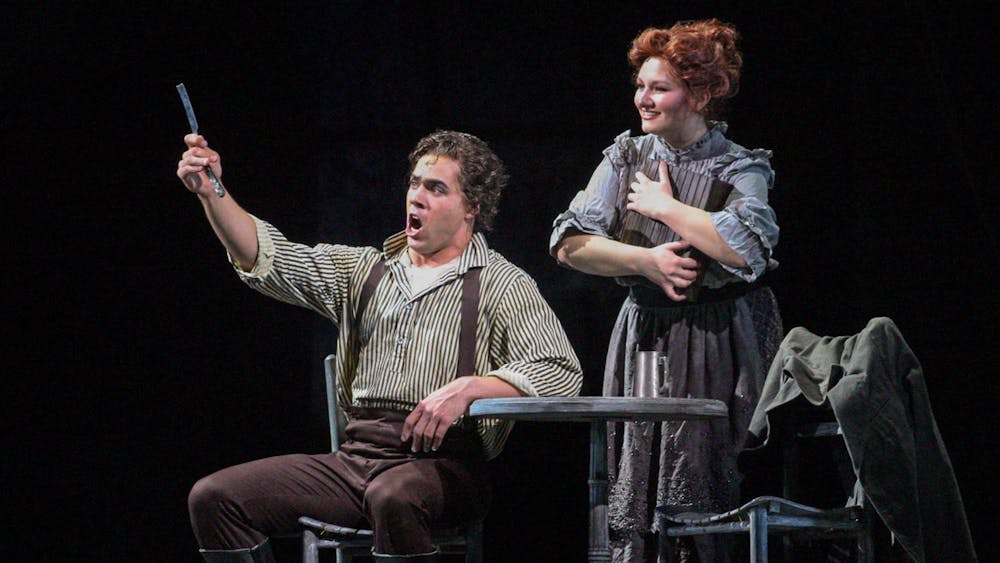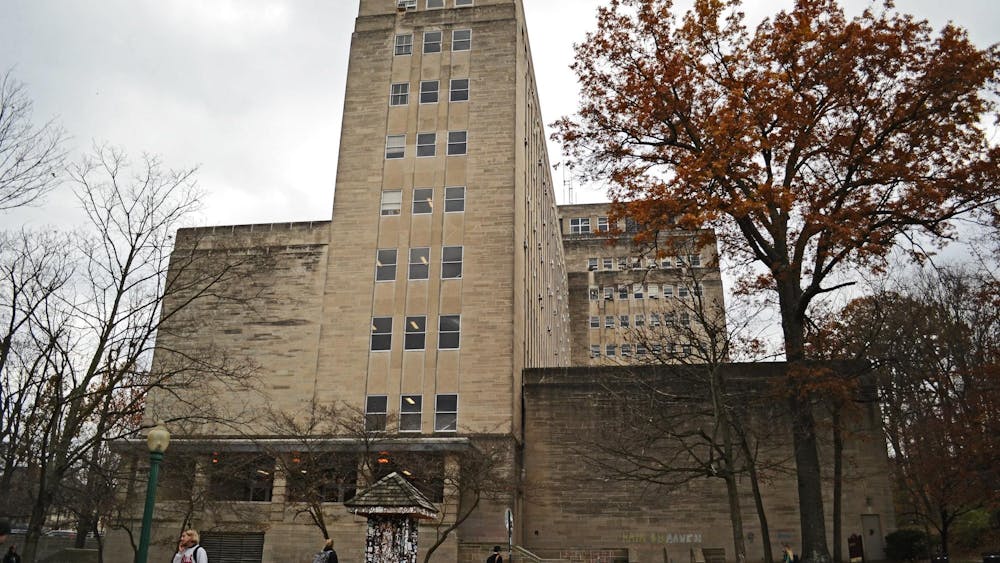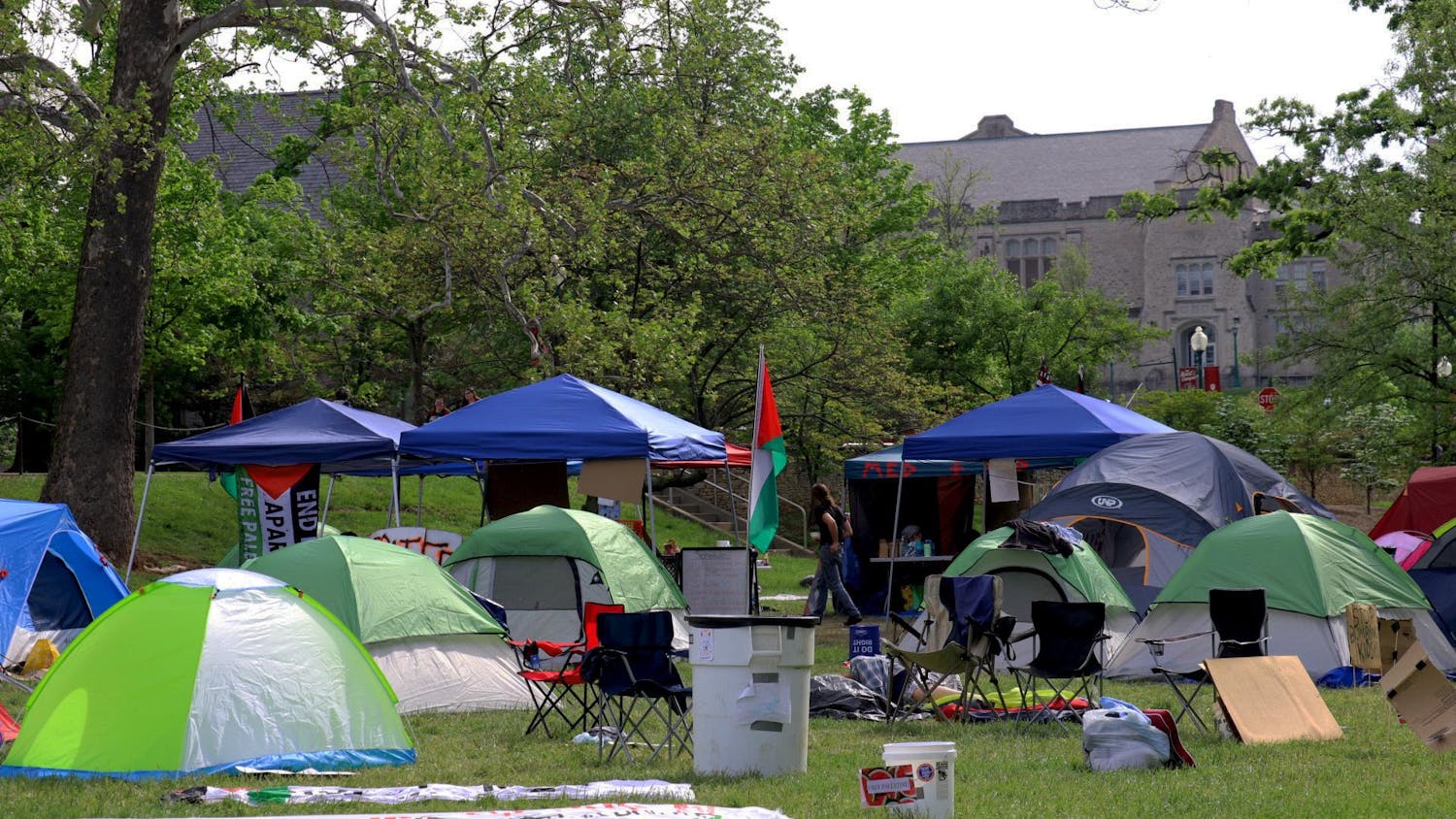The wide streets of Berlin lay quiet at nearly any time of day.
This weekend I continued my travels into Berlin. I was curious to see what the place that had been a shifting political landscape for years would look like today.
I had a hard time figuring out how to describe Berlin. I spent the first day looking for the city center — my friends and I thought we were on the outskirts of the city for hours because hardly anyone was there. It turned out the center was a block away. You normally can hear the hustle and bustle of the middle of the city.
The second day we took a free walking tour. By this point, I was starting to suspect it wasn’t just us — the city was haunted, in a way.
As it usually is, my gut was right. Our tour guide said the city was vastly underpopulated, at only 3.4 million people. Anywhere we walked, there was a stillness. We passed countless wide open squares meant for socializing that missed the most important part — the people.
Our tour guide explained a lot of this was due to World War II and the Cold War. Combined with the people who fled during the split of Berlin, the economy had no chance of surviving a mostly communist leadership. So, people left. This helped me rationalize a bit.
I still felt like I was missing something. There are still millions of people that have lived here, Berlin is one of the most famous cities in the world. It felt like a ghost town.
At least the historical center, it is filled with either reminders of what the city went through, the horrors it witnessed or the construction it’s done since to rebuild it.
I’ve been a pretty serious history buff since I was six. I’ve read many WWII and Holocaust testimonials, children’s diaries and books written after the war. I thought I knew everything about WWII and Germany.
This trip showed me no matter how much you read about the eerie hostility that thrived in Germany for so long, you can’t really know until you feel it.
The psychology of Germany has fascinated me for the longest time. An entire generation was essentially taken over and oppressed, more than once. First with the National Socialist Party and then later on during the Cold War after the Berlin Wall appeared until its fall in 1990.
The people here have been through so much that many just want to forget. Our tour guide even told us nationalism is publicly nonexistent.
For many years after the end of the war in Germany in 1945, people didn’t show their pride. At the 1974 World Cup in West Germany, the entire Germany soccer team didn’t sing along to their own national anthem. Our tour guide said many Germans just did not feel comfortable with that outward expression of their country.
Though it’s been so many years since Germany was under Nazi control, and almost three decades since the Berlin Wall fell and Germany reunited, the people haven’t recovered.
A controversial speech, made last week by Björn Höcke, a chair of the Alternative for Germany’s Thuringia, a branch of a far-right nationalist party, urged that the country to make “a 180-degree turn” on how it reflects on its Nazi past. This speech was met with extreme disapproval by many parties in Germany, according to a Reuters article.
I was fascinated by this idea, of actions by a country haunting itself.
I was even more intrigued by one of the last things our guide said. He took us to the Bebelplatz Square, where the infamous Nazi book burning took place on May 10, 1933.
It was led by young people, taken by the Nazi Party ideals employed by Hitler Youth and SS members. There are two memorials here.
An empty bookshelf in the ground signifies all of the ideas and expression lost within the flame, and includes a plaque with an inscription by Heinrich Heine. Heine was a playwright who was quoted in 1820, more than 100 years before the burning. The plaque reads, ”Das war ein Vorspiel nur, dort wo man Bücher verbrennt, verbrennt man am Ende auch Menschen,” or, in English, “That was only a prelude; where they burn books, they will in the end also burn people.”
This was from his play, “Almansor,” published during a time when anti-Semitic ideals were popular in Germany. There is no limit to history repeating itself — I wonder about our current extreme situations. With Europe and the U.S. especially moving in extreme directions toward the left and right, I wonder how we will interpret this quote in years to come, and if we’ll ever forget what the world works so hard to make us remember.
I wonder if we’re already forgetting.
haask@umail.iu.edu






